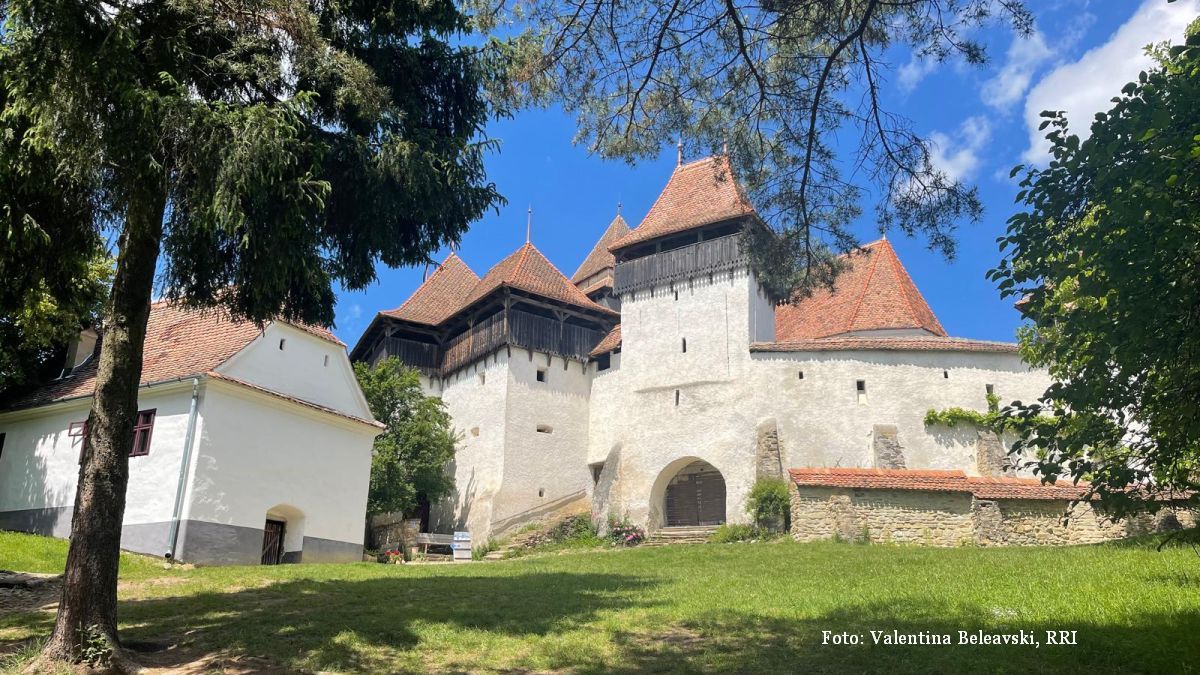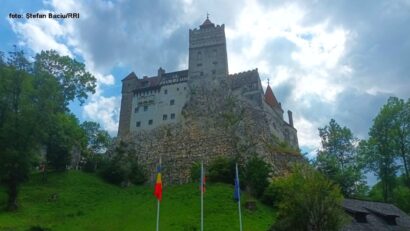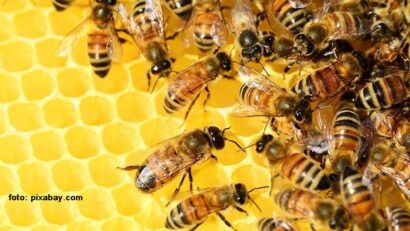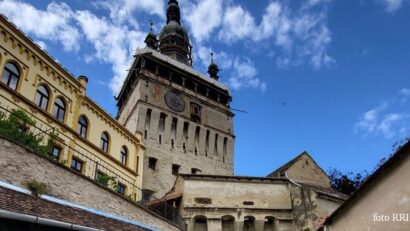Ecotourism in the Transylvanian Hills
Today we discover the Transylvanian Hills

Daniel Onea, 06.11.2025, 13:41
Today we discover the Transylvanian Hills, an ecotourism destination located in central Romania. This region, part of the European Natura 2000 network, is renowned for its unique cultural landscape and exceptional biodiversity. Here you can explore famous Saxon villages, such as Viscri or Biertan, and five UNESCO World Heritage sites.
The entire area is establishing itself as a model for sustainable tourism development. Far from being just a picturesque destination, the region functions as an ecosystem in which heritage protection, community involvement and visitor experience are closely interconnected. The status of an ecotourism destination is not a declarative one, but is based on clear criteria. Cristina Iliescu, the destination manager, explains the foundations of this model.
“First of all, on the surface of the destination we have several protected natural areas included in the European Natura 2000 network. This brings together areas with exceptional biodiversity. The second essential element is that most of the tourist experiences are carried out by locals, highlighting a living heritage, not a museum one. The benefits of tourism thus remain in the community, because the model is based on small and medium-sized businesses, owned locally. A small ecosystem of circular economy is created, in which the money left by tourists returns to the community in various forms.”
Viscri is a village in Brașov County, known for the high degree of preservation of traditional Saxon architecture. Its international notoriety increased following its association with King Charles III of the United Kingdom, who owns a property in the locality. The central element of the village is the fortified church, a monument included in the UNESCO World Heritage List. The infrastructure of the locality is characterized by unpaved streets and houses specific to the 18th-19th centuries, most of which have been restored. On the other hand, Biertan is a commune in Sibiu County, known for its medieval architectural complex. The main attraction is the fortified church, included in the UNESCO World Heritage List, which served as the seat of the Saxon Evangelical Bishopric for 300 years (1572-1867). However, for the traveler looking for authenticity beyond the established circuits, such as Viscri or Biertan, the destination offers alternatives that highlight the less publicized heritage. These places combine history with contemporary cultural experiences.
“Those who want to disconnect in lesser-known areas can discover villages such as Mălâncrav, Alma Vii or Apoldu. All three have fortified churches in very good condition, which offer more than a simple visit. They propose a tourist interpretation experience. At Alma Vii, for example, the church towers are set up to house exhibition spaces about the multicultural life of the village. At Mălâncrav, the mansion, transformed into accommodation, has gardens and an orchard accessible to the public. At Apoldu, art exhibitions are frequently organized inside the church.”
The positive impact of a visitor is directly conditioned by the choices he or she makes, says Cristina Iliescu, manager of the Colinele Transilvaniei ecotourism destination. The Colinele ecotourism model is based on a series of simple practices, designed to integrate the tourist into the local ecosystem, transforming him or her into an active partner.
“The easiest way is to stay overnight in an ecotourism-certified accommodation or one that applies good practices. Then, eat at authorized local gastronomic points and use the services of local guides, who can offer the most beautiful stories, which cannot be found on the internet. Another rule is not to leave garbage in nature, respecting the principle of “what I left with, I will return with”. We also recommend that tourists inquire from the host about what they can do around there. The hosts will certainly send them to a local producer or craftsman, thus ensuring the ecotourism component of the experience.”
Behind this tourism model lies a complex human landscape, in a process of transformation. The communities, although historically marked by the presence of the Saxons, are today experiencing a revitalization due to new residents, who contribute to the dynamics of the area.
“It is important to know that, although it is known as the Saxon area, the Saxon community has been considerably reduced. Currently, in many villages, the community is reborn and is going through a process of change. We have many locals who initially came to the area as tourists, fell in love with the place, moved and opened a small business. We try to integrate as much of the community as possible, as it is today. Most of the providers of experiences, whether we are talking about accommodation, gastronomy or cultural activities, are people who live there permanently.”
Unlike strictly seasonal destinations, the Transylvanian Hills offer distinct experiences throughout the year. Even in winter, the region reveals an authentic side, anchored in traditions unaltered by commercialism. It is a destination for all seasons, as we learned from Cristina Iliescu, manager of the ecotourism destination Colinele Transilvaniei.
“The area is worth visiting for its tranquility and for the authentic experience of village life. Even in snowless winters, there are living customs that are not shows for tourists, but are part of the real life of the village. I am referring, for example, to the carol singing groups or the traditions around Christmas and New Year. Any tourist present in the area during that period can take part, with the help of the host, in these authentic experiences that bring the community together and are not artificially created events.”
In conclusion, Colinele Transilvaniei is shaping up as a landmark destination for responsible tourism in Romania. This model, based on a balance between conservation, community involvement and authentic cultural experiences, is aimed at an informed traveler, aware of the role they play in protecting and sustaining a unique heritage.






























